Arthur Erickson's Museum of Anthropology at UBC has been given a new lease of life in Vancouver
After an extensive renovation, The Museum of Anthropology is part Shinto shrine, part cathedral, part longhouse – and a temple to learning
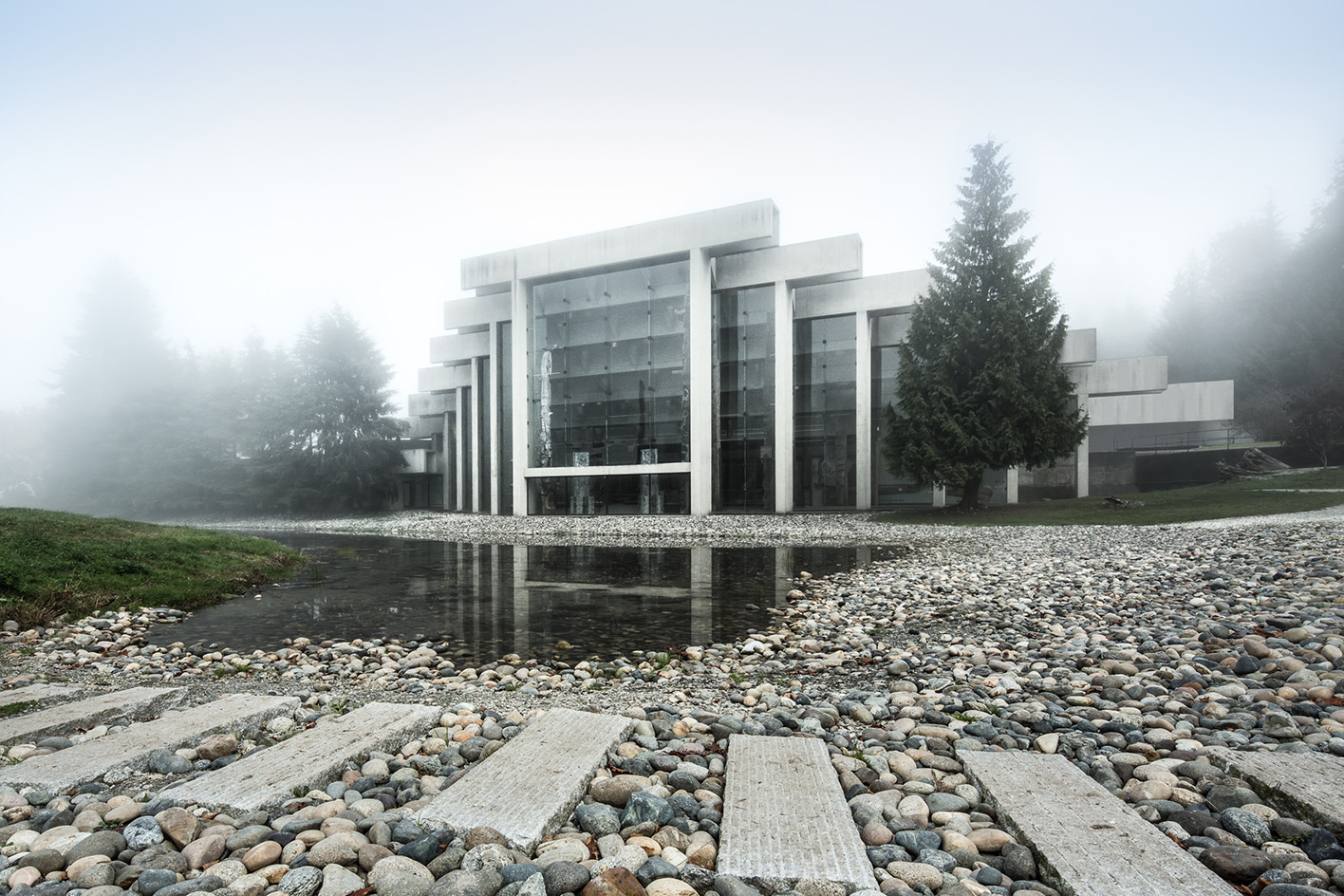
The reopening last month of Arthur Erickson’s 1976 Museum of Anthropology on what would have been the prolific architect’s 100th birthday, calls to mind a Japanese tradition.
As a meditation on the idea of impermanence, the Shikinen Sengu divine palace within the 2000-year-old Ise-Jingu Shinto shrine is demolished every 20 years and then rebuilt to the same dimensions but on an alternate site within the precinct. In a similar vein, Erickson’s modernist monument and Canada’s largest teaching museum has been reincarnated – after an 18-month closure for a $40 million seismic upgrade – with new aesthetic and architectural life.

Tour the refreshed Museum of Anthropology at UBC, Vancouver
This was both an architectural and curatorial resurrection. New seismic safety standards meant that Erickson’s iconic Great Hall had to be effectively destroyed and rebuilt.
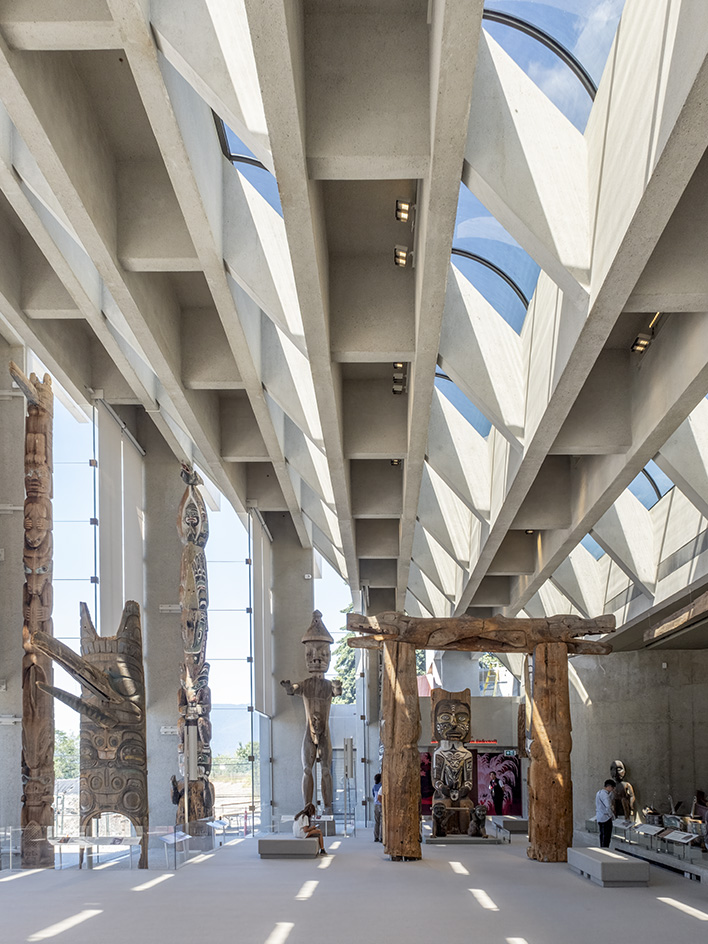
The building’s choreography mirrors the whole process. Now as one walks through the dark canal of the east-facing entranceway that extends into the soaring Great Hall embracing the Western horizon, there is a palpable sense of rebirth.
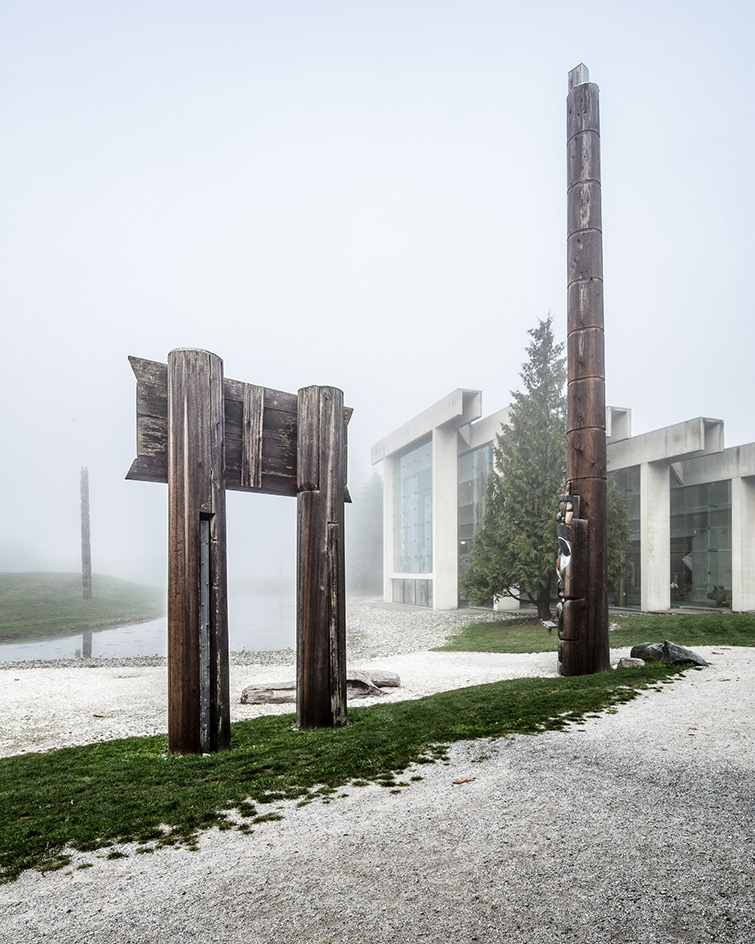
But leading a tour of the building, long-time Erickson associate Nick Milkovich who worked on the original building and was tasked with its reconstruction said: 'If I did my job well, you won’t notice any difference.' Indeed, the changes are seamless and subtle, but significant.
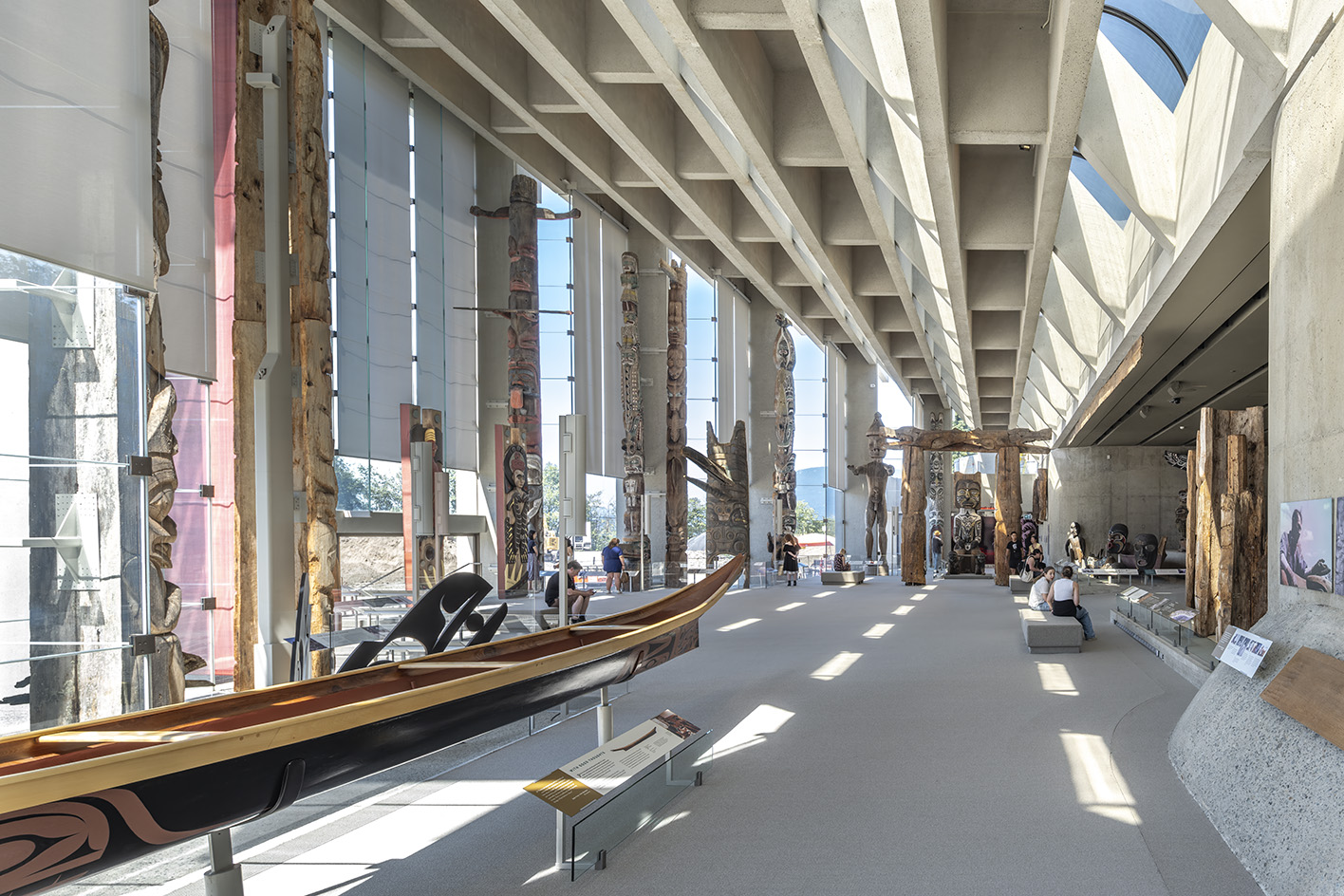
The new architectural and curatorial vision – one that has added to the permanent exhibition 50 new artefacts and signage that contextualises the objects on display in terms of cultural genocide and contemporary discourse in the field and beyond – are of a piece with the original. The Great Hall was demolished and rebuilt with a precast columns and beam structure sitting on a cast-in-place concrete slab, thickened under the columns, all of which rests on isolators within the crawl space.

The old tempered glass, which would have shattered instantly in an earthquake, has been replaced by stronger, laminated sheets with UV protection. Plates of glass are cantilevered from the concrete columns and are fixed to a steel rod suspended from the channel beam, allowing them to move in concert with the movement of the structure. Now, 'they can dance with the building,' says Milkovich. The new configuration of glass, woven together by steel, lends a sense of architecture as textile art.
Receive our daily digest of inspiration, escapism and design stories from around the world direct to your inbox.
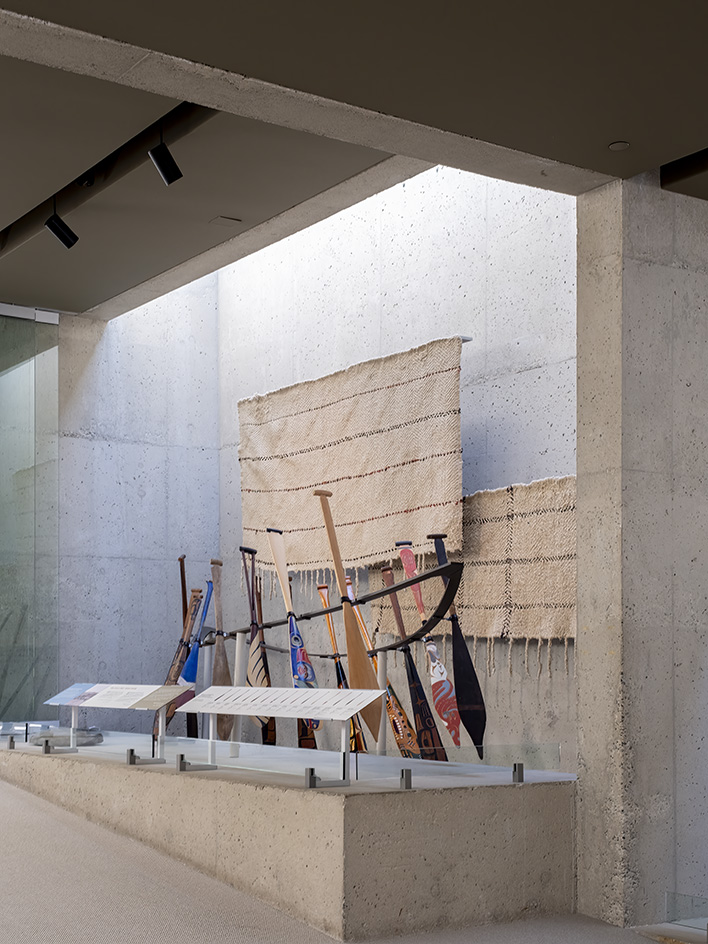
Now there is an even clearer sense of the building’s connection to the land – and, if one goes deeper, a clearer view of the settler/patron’s place within the museum. With its cleaner, brighter transparency and new concrete columns, there is a greater articulation of Erickson’s original intent.
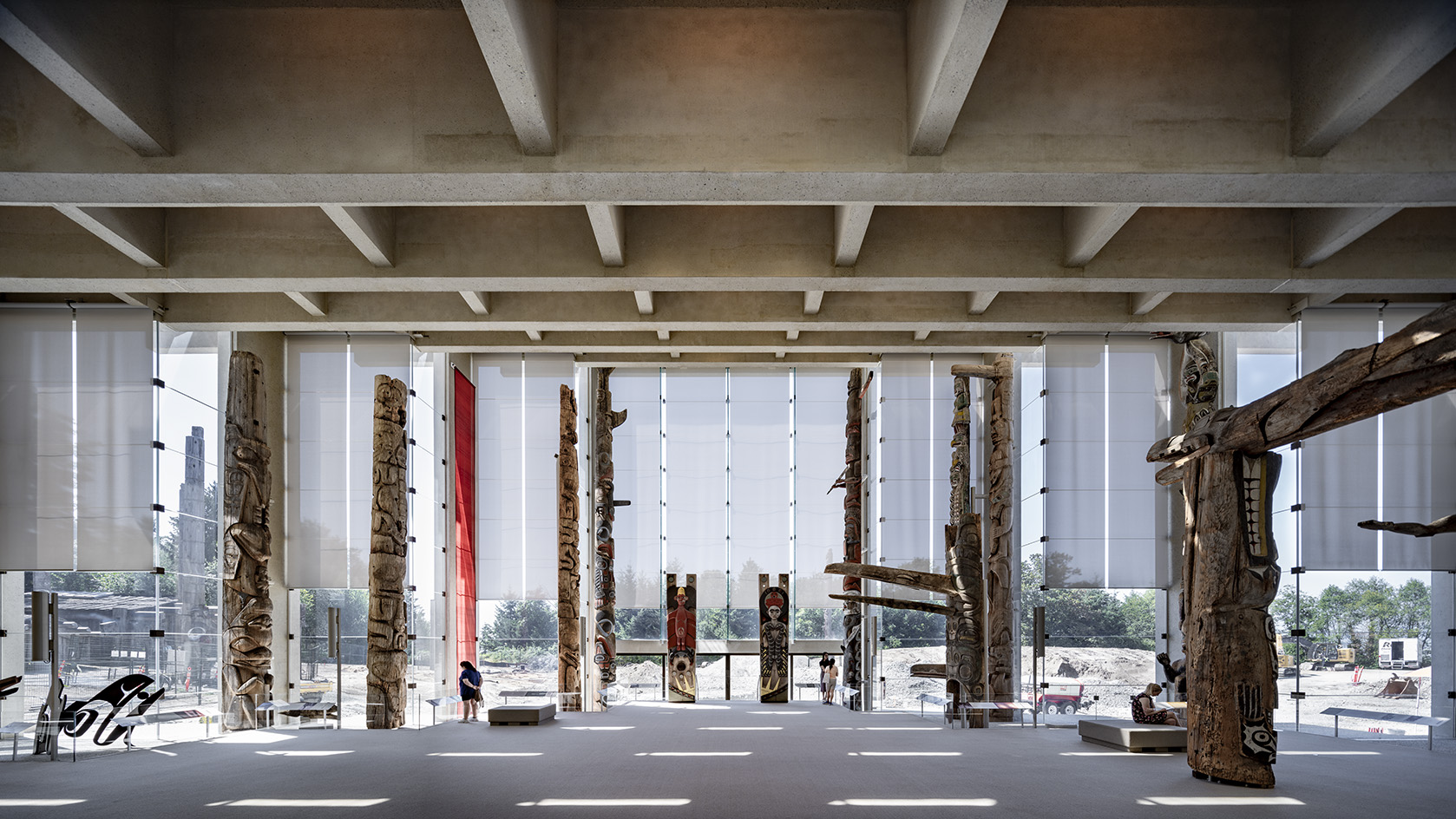
The Museum of Anthropology – part Shinto shrine, part cathedral, part longhouse – is a temple to learning. Its design hopes to transcend the colonial context of the museum, moving from the darkened entranceway through to the great hall, a place birthing light. Views of water and mountains beckon us into a future of reconciliation.
-
 New tech dedicated to home health, personal wellness and mapping your metrics
New tech dedicated to home health, personal wellness and mapping your metricsWe round up the latest offerings in the smart health scene, from trackers for every conceivable metric from sugar to sleep, through to therapeutic furniture and ultra intelligent toothbrushes
-
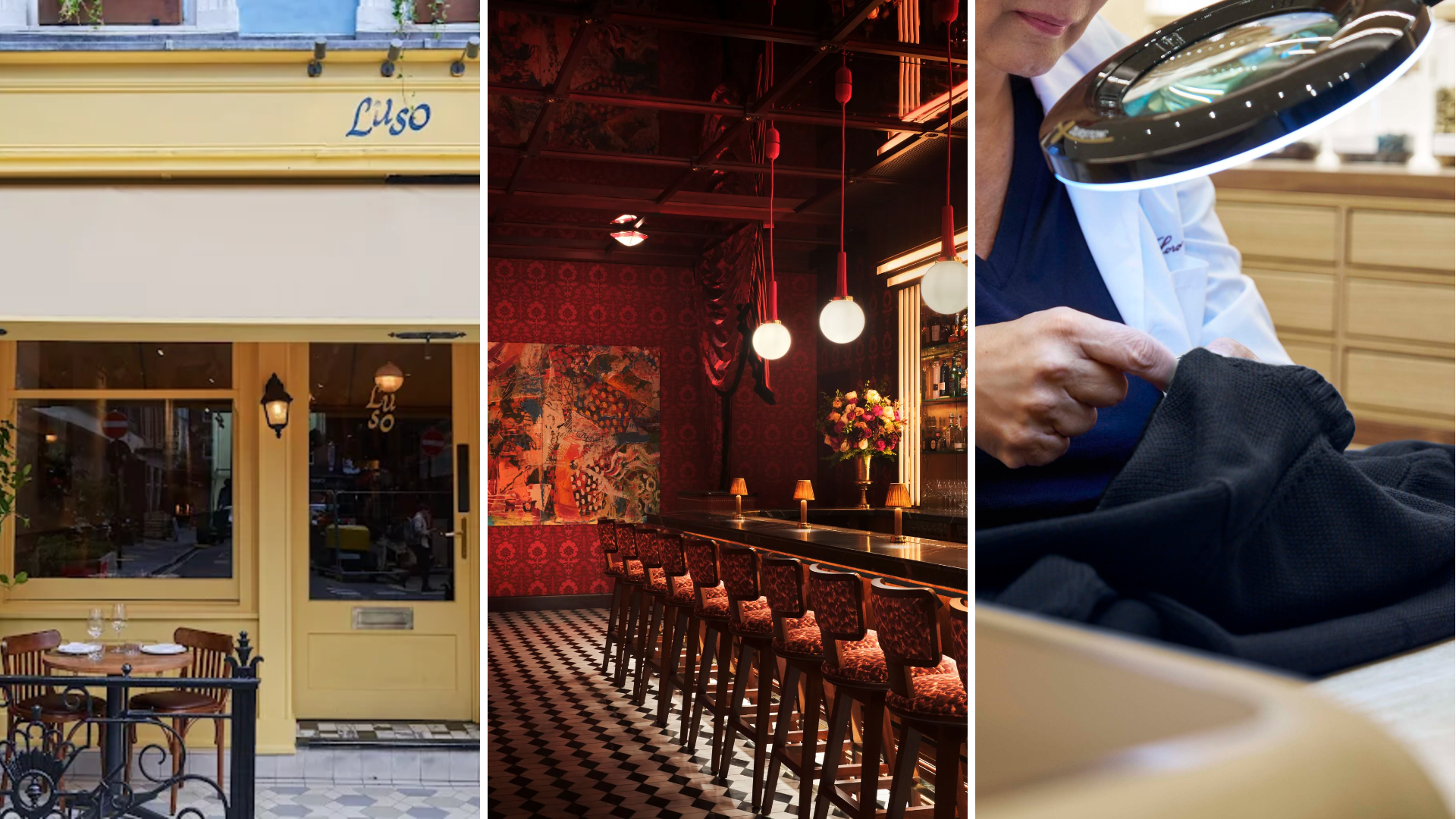 Out of office: The Wallpaper* editors’ picks of the week
Out of office: The Wallpaper* editors’ picks of the week'Tis the season for eating and drinking, and the Wallpaper* team embraced it wholeheartedly this week. Elsewhere: the best spot in Milan for clothing repairs and outdoor swimming in December
-
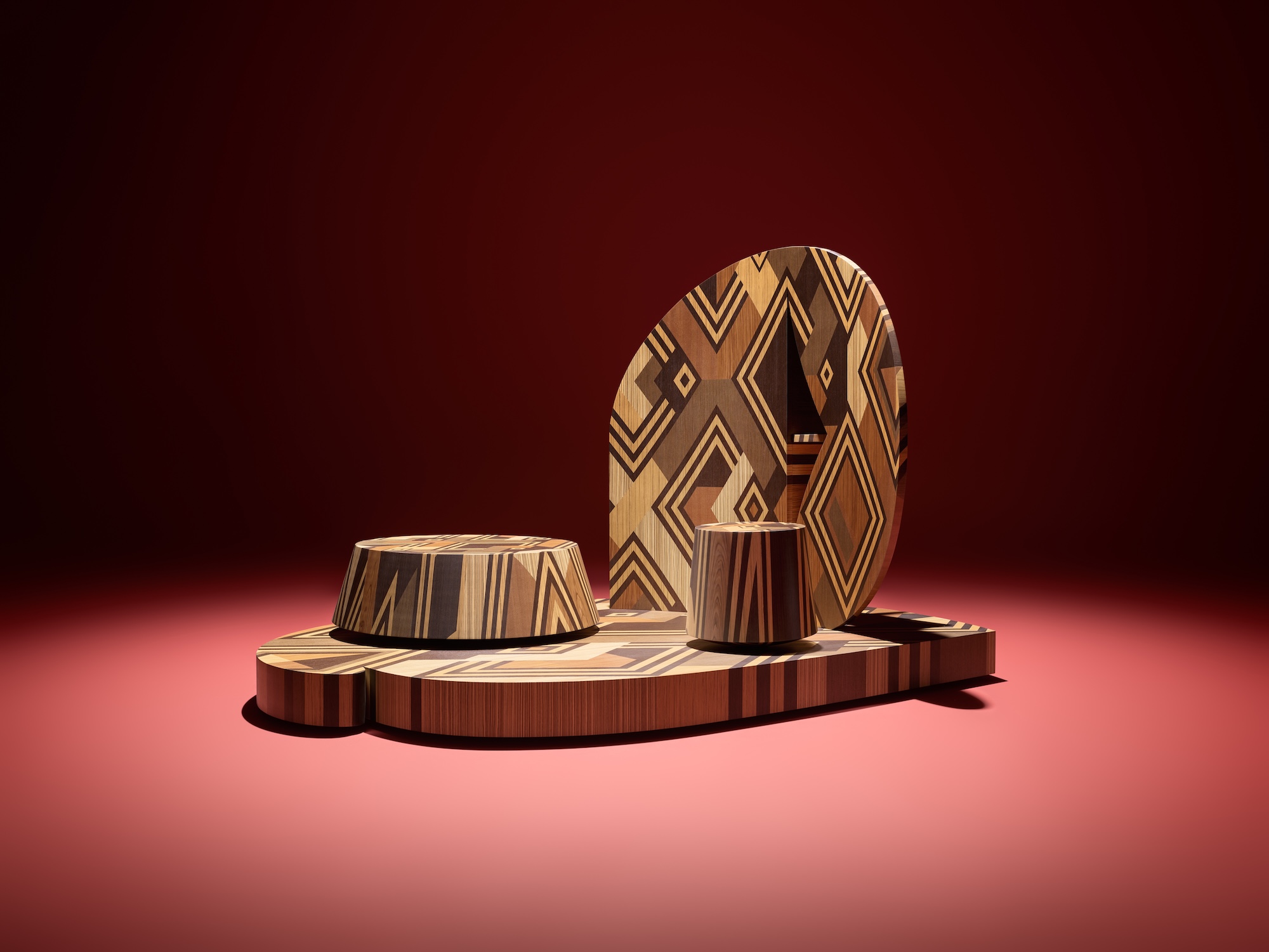 How Stephen Burks Man Made is bringing the story of a centuries-old African textile to an entirely new audience
How Stephen Burks Man Made is bringing the story of a centuries-old African textile to an entirely new audienceAfter researching the time-honoured craft of Kuba cloth, designers Stephen Burks and Malika Leiper have teamed up with Italian company Alpi on a dynamic new product
-
 The Architecture Edit: Wallpaper’s houses of the month
The Architecture Edit: Wallpaper’s houses of the monthFrom Malibu beach pads to cosy cabins blanketed in snow, Wallpaper* has featured some incredible homes this month. We profile our favourites below
-
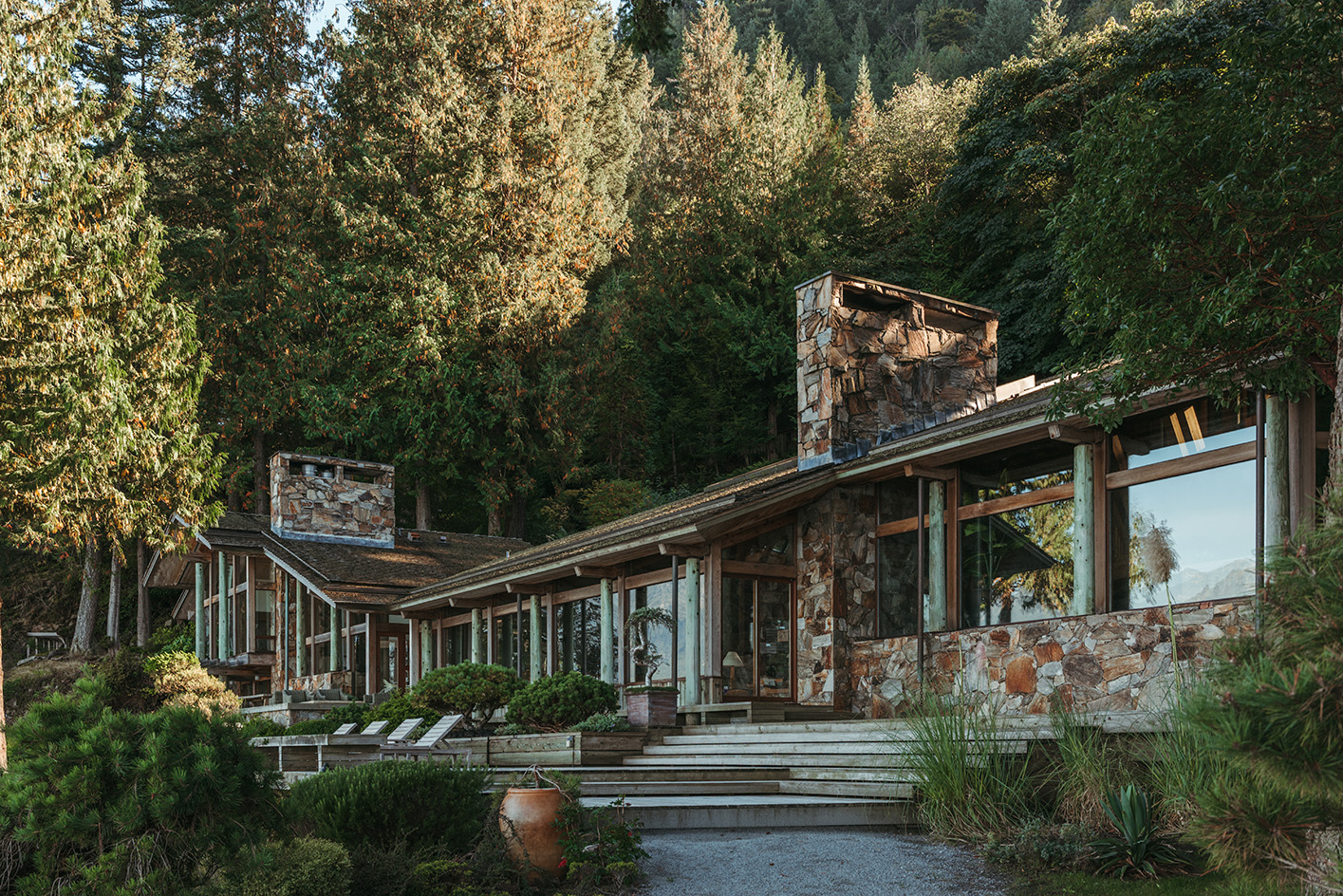 Explore the riches of Morse House, the Canadian modernist gem on the market
Explore the riches of Morse House, the Canadian modernist gem on the marketMorse House, designed by Thompson, Berwick & Pratt Architects in 1982 on Vancouver's Bowen Island, is on the market – might you be the new custodian of its modernist legacy?
-
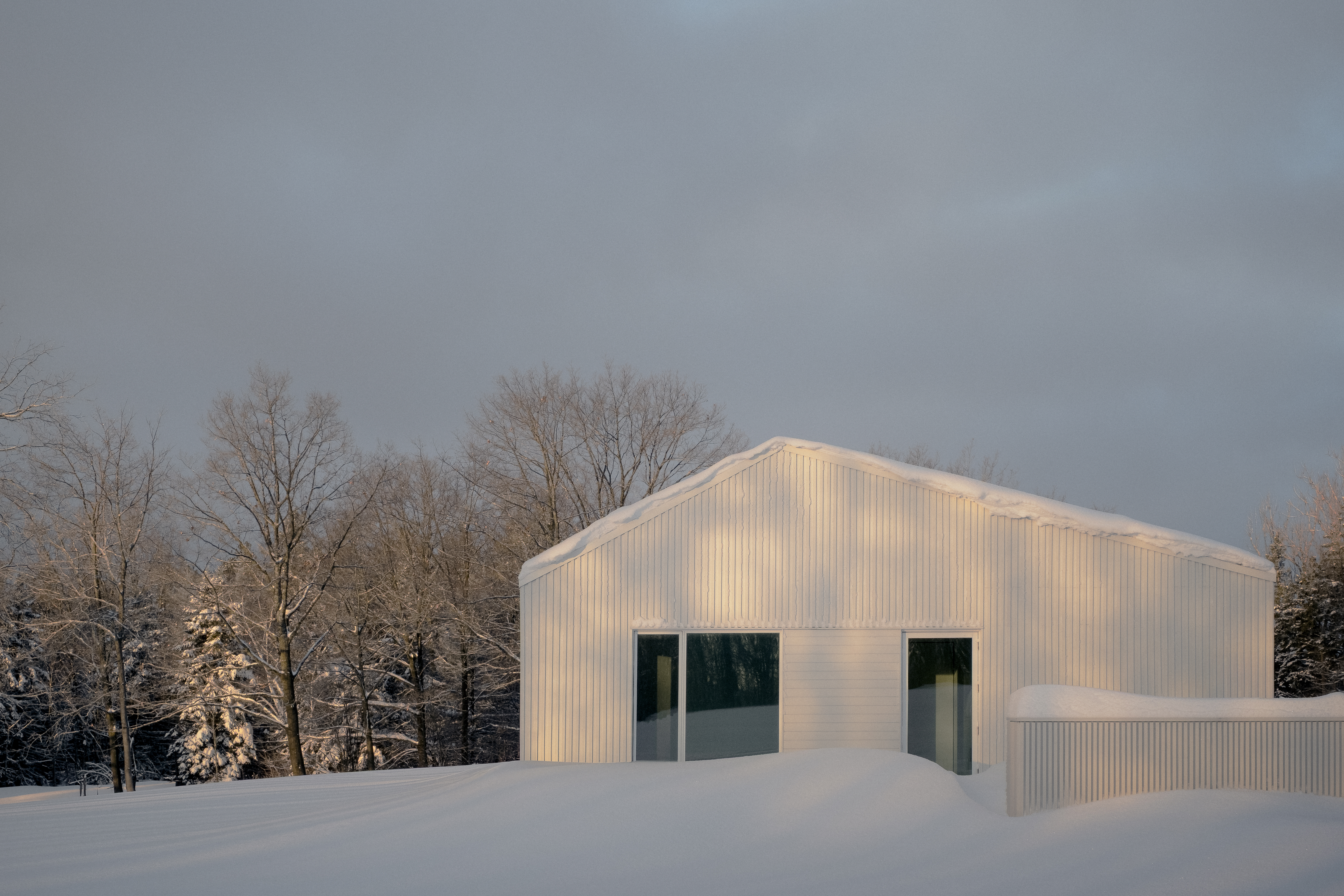 Cosy up in a snowy Canadian cabin inspired by utilitarian farmhouses
Cosy up in a snowy Canadian cabin inspired by utilitarian farmhousesTimbertop is a minimalist shelter overlooking the woodland home of wild deer, porcupines and turkeys
-
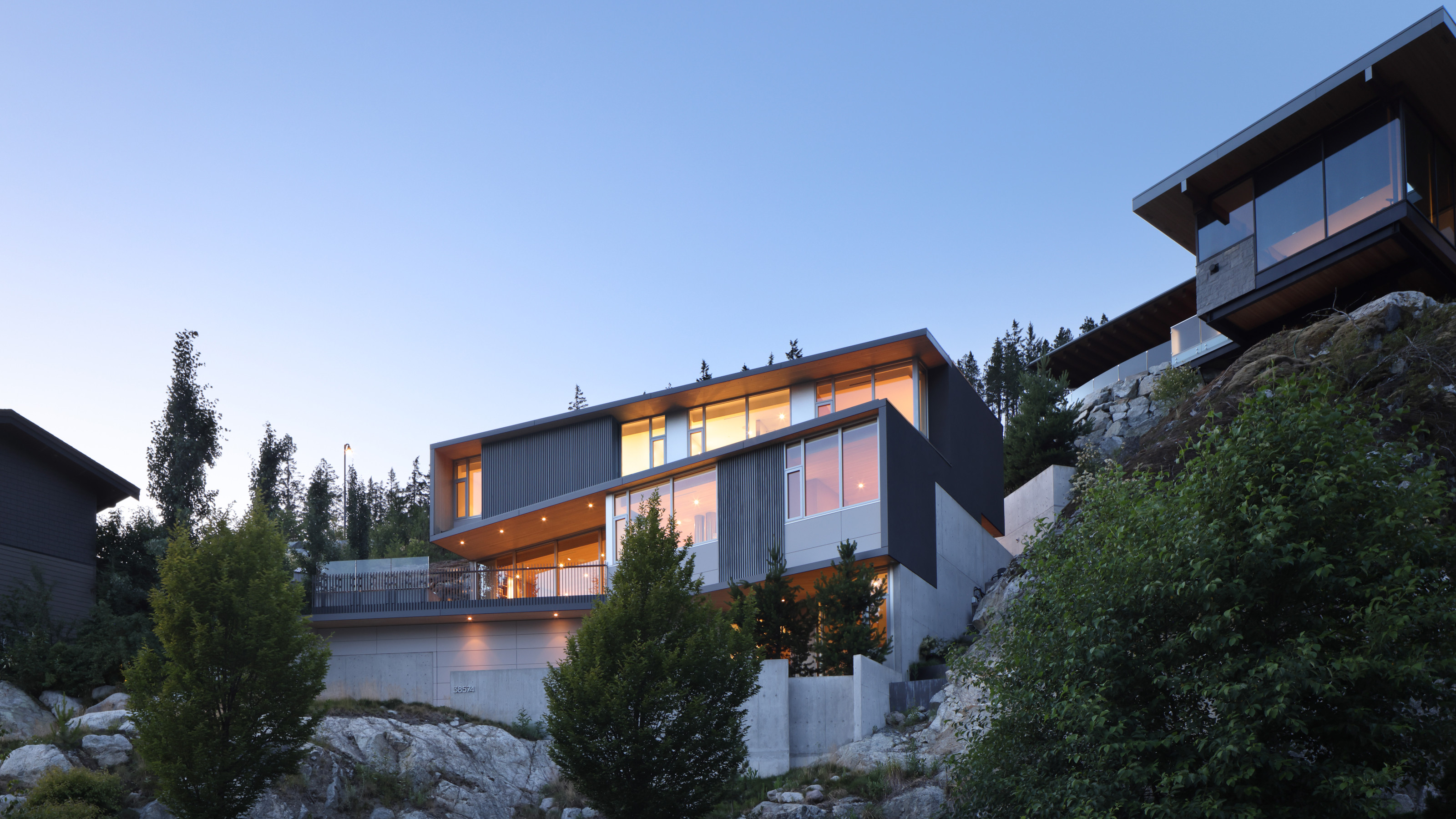 Buy yourself a Sanctuary, a serene house above the British Columbia landscape
Buy yourself a Sanctuary, a serene house above the British Columbia landscapeThe Sanctuary was designed by BattersbyHowat for clients who wanted a contemporary home that was also a retreat into nature. Now it’s on the market via West Coast Modern
-
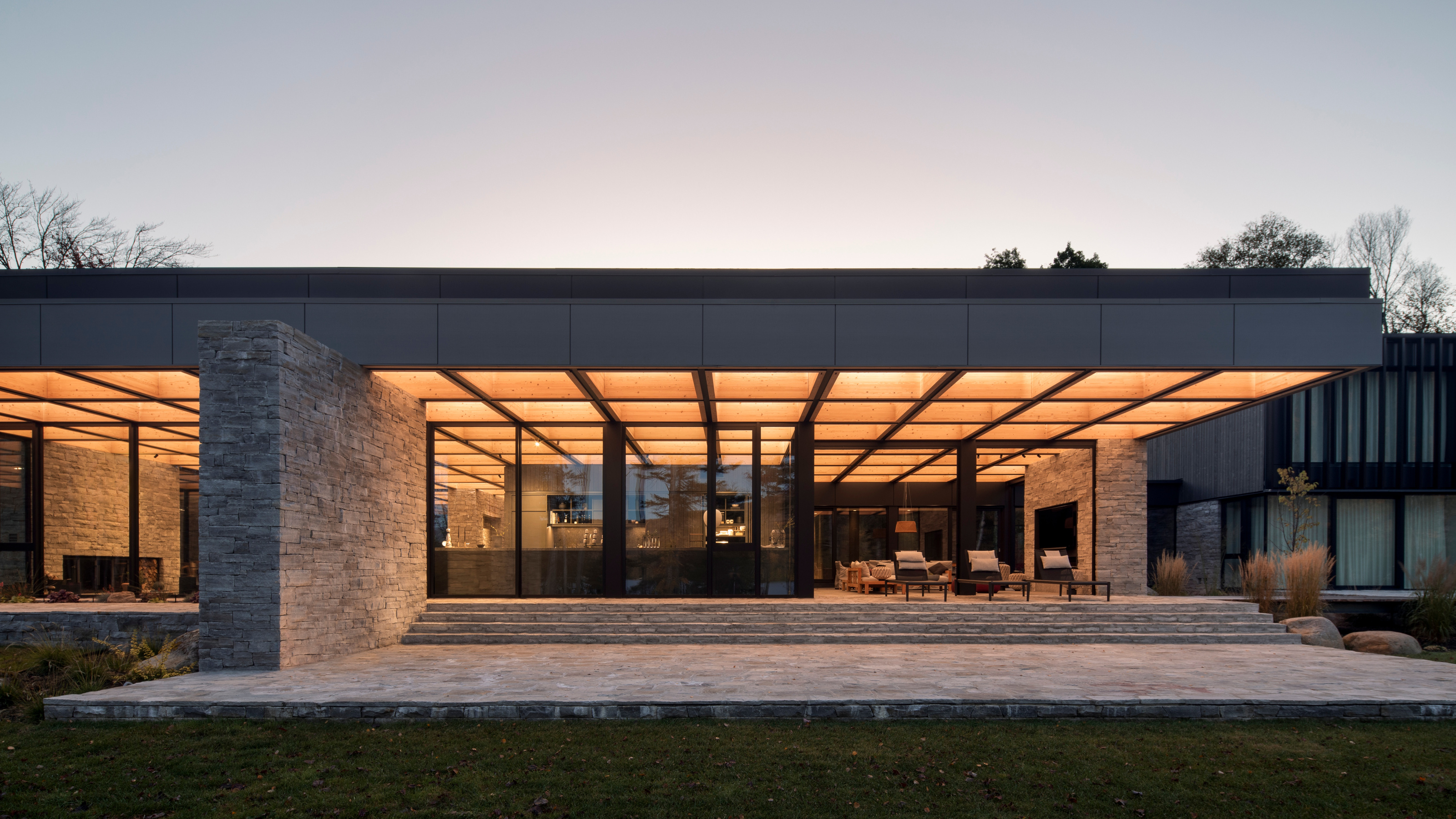 La Maison de la Baie de l’Ours melds modernism into the shores of a Québécois lake
La Maison de la Baie de l’Ours melds modernism into the shores of a Québécois lakeACDF Architecture’s grand family retreat in Quebec offers a series of flowing living spaces and private bedrooms beneath a monumental wooden roof
-
 Peel back maple branches to reveal this cosy midcentury Vancouver gem
Peel back maple branches to reveal this cosy midcentury Vancouver gemOsler House, a midcentury Vancouver home, has been refreshed by Scott & Scott Architects, who wanted to pay tribute to the building's 20th-century modernist roots
-
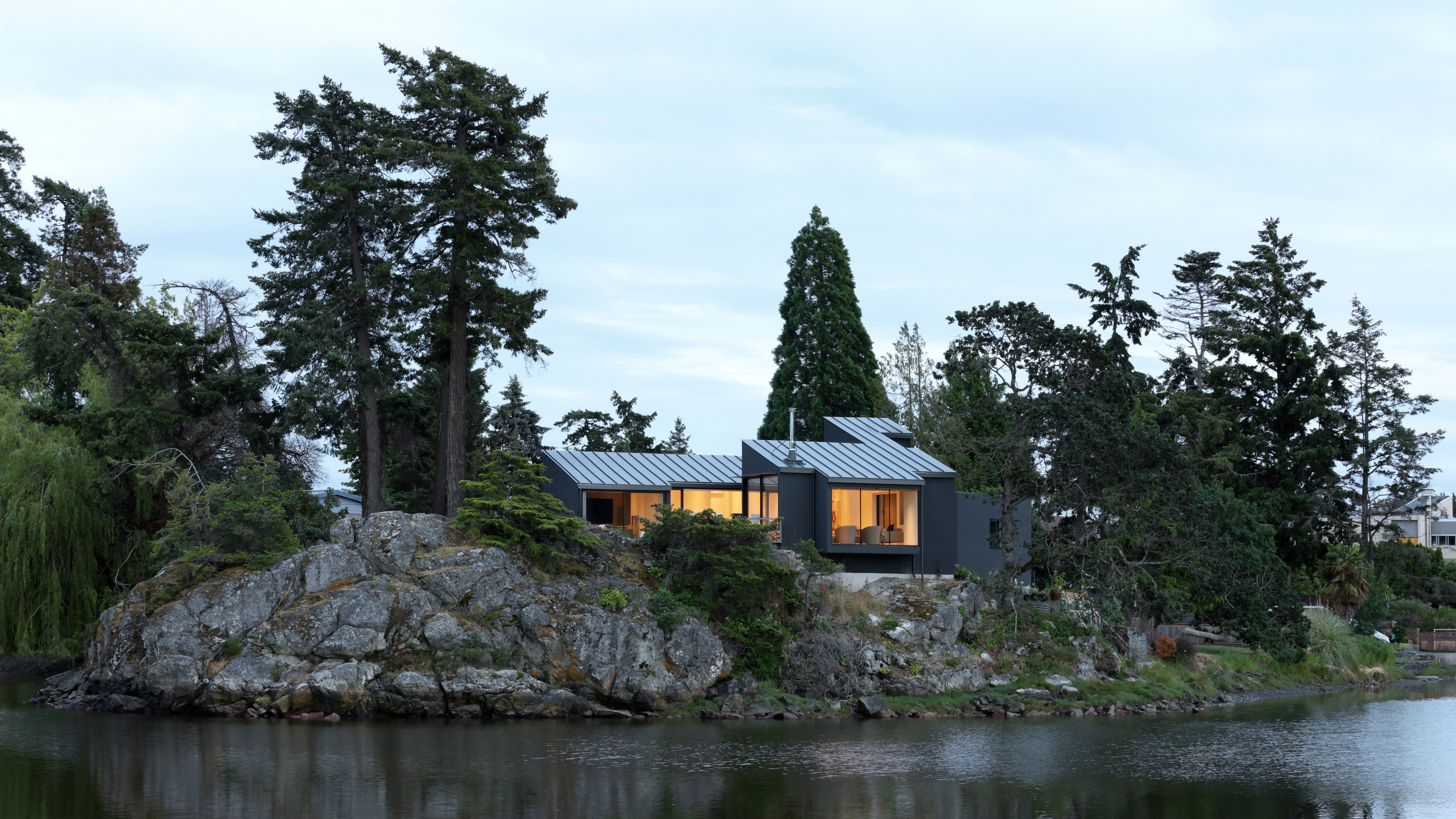 A spectacular waterside house in Canada results from a radical overhaul
A spectacular waterside house in Canada results from a radical overhaulSplyce Design’s Shoreline House occupies an idyllic site in British Columbia. Refurbished and updated, the structure has been transformed into a waterside retreat
-
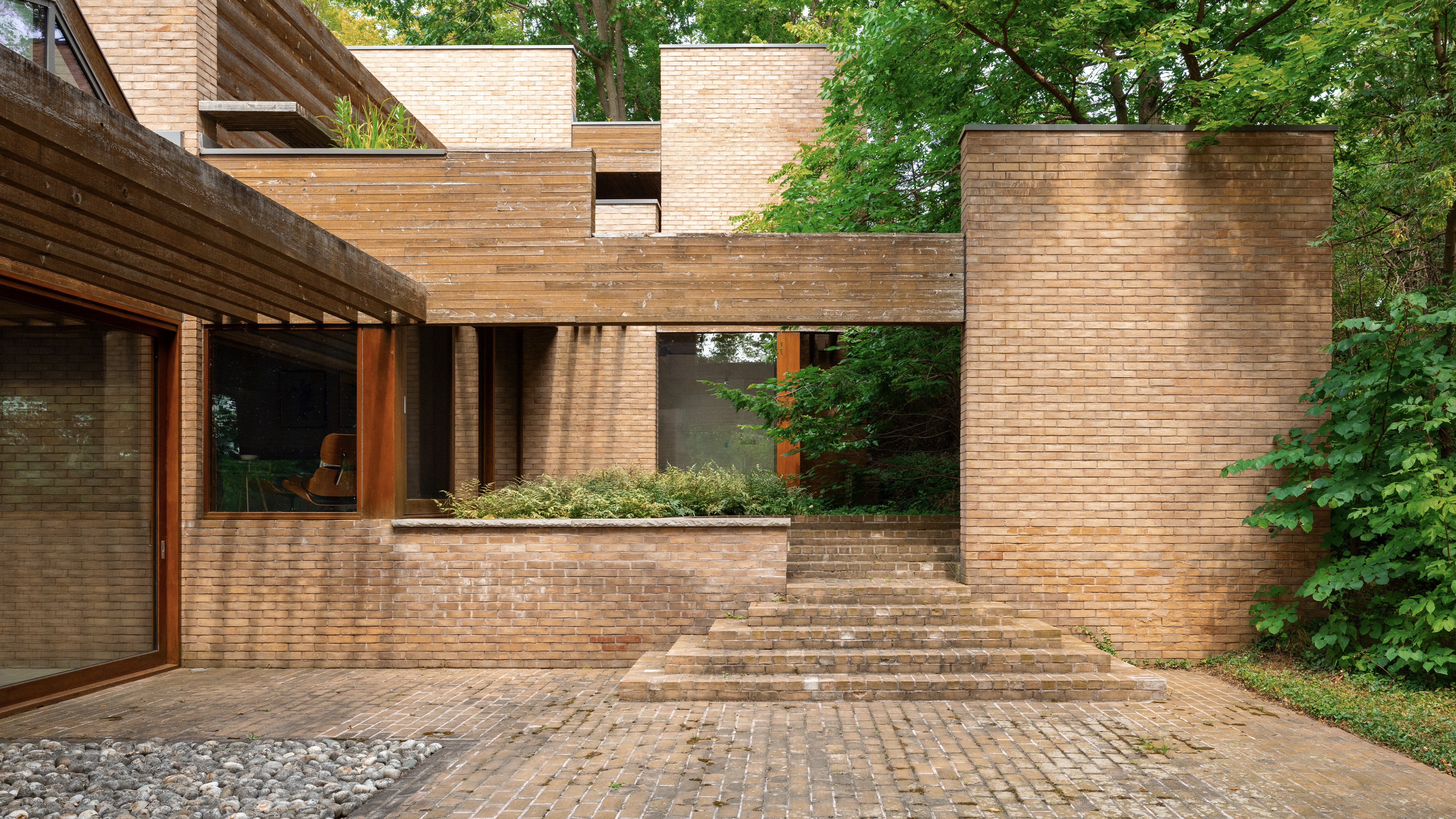 Hilborn House, one of Arthur Erickson’s few residential projects, is now on the market
Hilborn House, one of Arthur Erickson’s few residential projects, is now on the marketThe home, first sketched on an envelope at Montreal Airport, feels like a museum of modernist shapes, natural materials and indoor-outdoor living